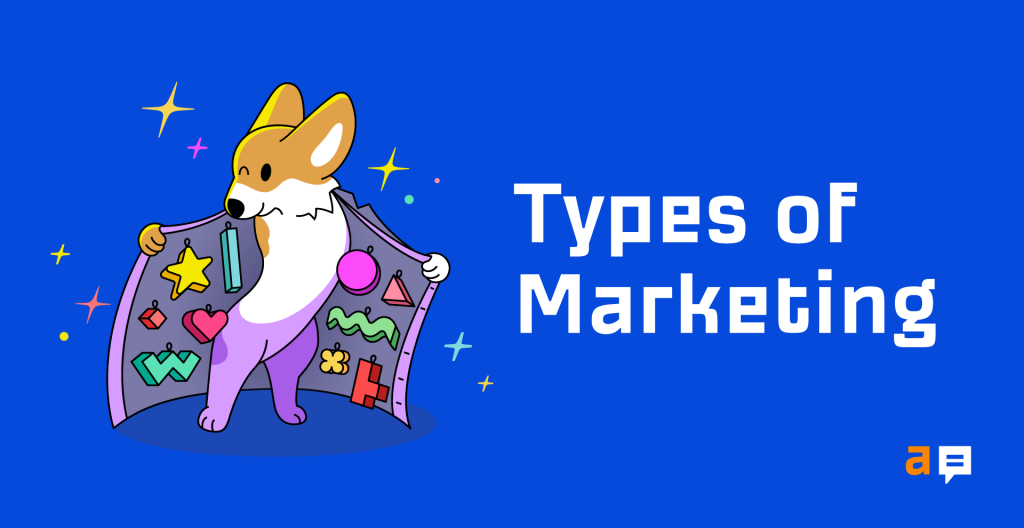[ad_1]
In the world of business, there are many, many types of marketing.
To simplify matters, here are 18 types that have been developed, tried, and tested by generations of marketers from various industries.
It’s also likely each one has a dedicated annual conference somewhere in the world.
You can find examples of all 18 types around you. They are constantly copied and “remixed” to win the customers’ hearts. Somewhere in this list could even lie the marketing success of the next world-changing company.
Each of them is different, but most can be used in parallel to form a bulletproof growth engine.
In this article, we’ll cover:
- Digital marketing
- Offline marketing
- Inbound marketing
- Outbound marketing
- Content marketing
- Search engine marketing
- Growth marketing
- B2B marketing
- B2C marketing
- Affiliate marketing
- Social media marketing
- Brand marketing
- Direct marketing
- Influencer marketing
- Email marketing
- Word-of-mouth marketing
- Event marketing
- Guerrilla marketing
Digital marketing is an overarching term for any kind of promotional activity that leverages the internet as the messaging channel. Accordingly, even two different marketing tactics, like SEO and PPC, are considered digital marketing.
This term is often used to differentiate a category of tactics from offline marketing.
Example
At Ahrefs, we use various digital marketing tactics and tools to share our expertise in SEO and marketing and promote our product.
Often, a particular topic, such as an SEO checklist, will be used in a blog post, then repurposed on other platforms and promoted through different channels; all of that is digital marketing.

Here’s a tweet featuring the SEO checklist compressed into one infographic.
Looking for a complete SEO checklist for 2021?
Here’s one you can follow. pic.twitter.com/65brjXPBcg
— Ahrefs (@ahrefs) August 15, 2021
We’ve also promoted the checklist through online advertising. This example is from Quora Ads:
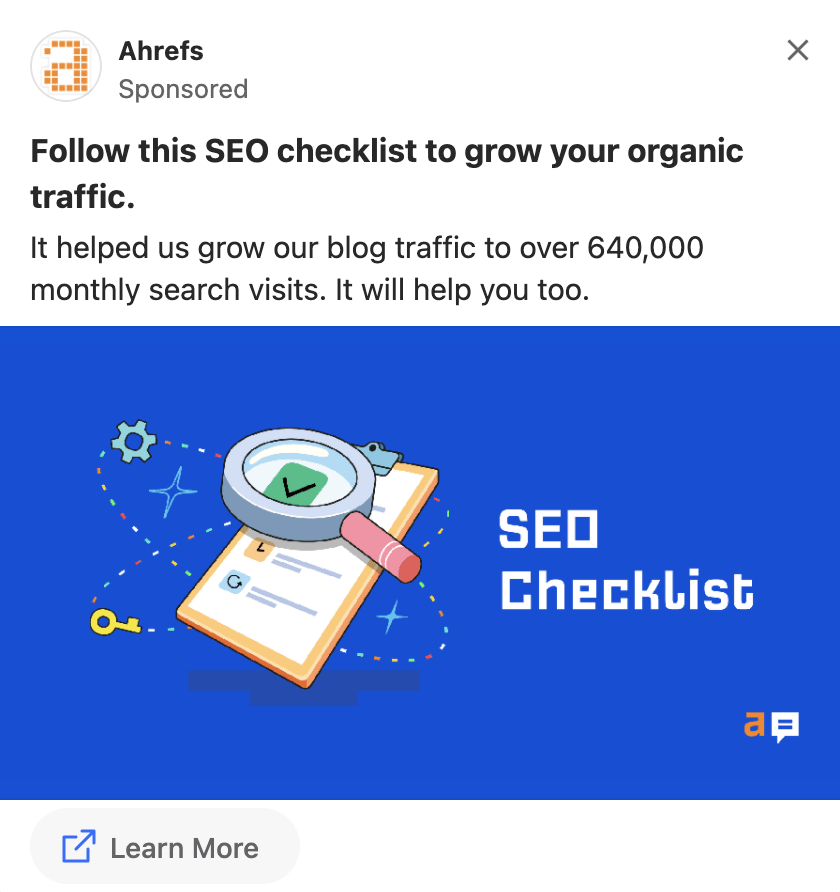
And here’s our Weekly Digest newsletter promoting the original post:
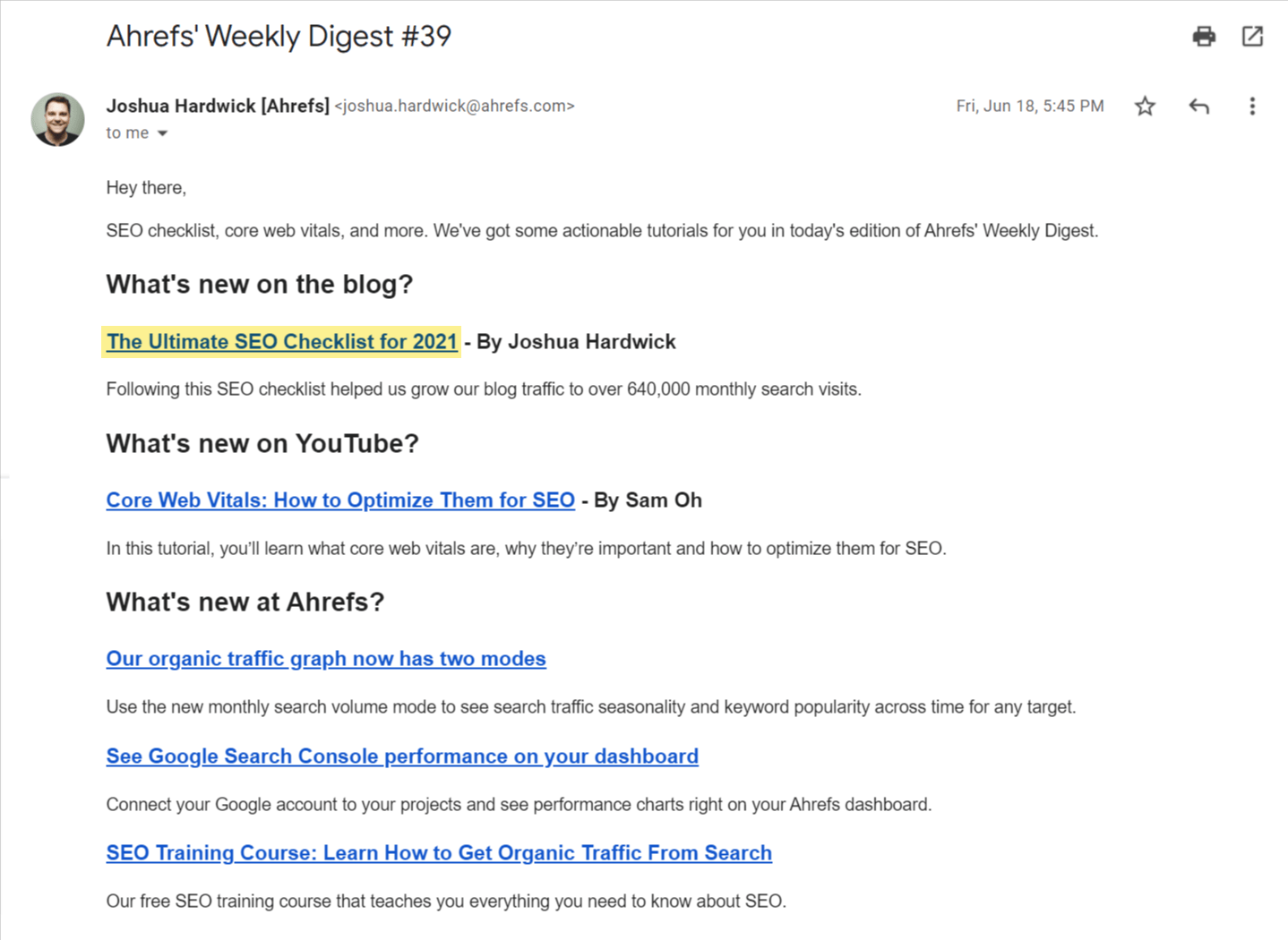
In contrast to digital marketing, offline marketing (often referred to as traditional marketing) is an overarching term for any kind of marketing done without the use of the internet.
If an advertisement is published in a paper magazine instead of an online magazine, that’s offline marketing. Similarly, if you deliver a personalized message through direct mail instead of an email, that’s also offline marketing.
Although words like “offline” and “traditional” may give the impression that this type of marketing is a thing of the past, advertisements in printed magazines or between TV shows haven’t disappeared just yet.
According to Statista, TV ads still have the strongest reach among all types of ads.

Example
Between 1999 and 2002, Anheuser-Busch brewing company promoted its Budweiser beer with a TV ad that became a popular culture phenomenon.
The “Whassup?” campaign won many advertising awards, including the Cannes Grand Prix, and helped the company increase sales from 2.4 million barrels to 99.2 million barrels in 2020.
https://www.youtube.com/watch?v=JJmqCKtJnxM
Inbound marketing is a marketing strategy that aims to pull customers in with relevant and useful content.
To better understand this term, let’s compare it to outbound marketing.
While outbound marketing tries to reach the customer with a message that “interrupts” (e.g., TV ads, PPC, billboards), inbound marketing hopes to create a situation where a potential customer discovers a company while looking for a solution.
For example, a customer searches for something on Google and stumbles upon a relevant article on a company’s website.
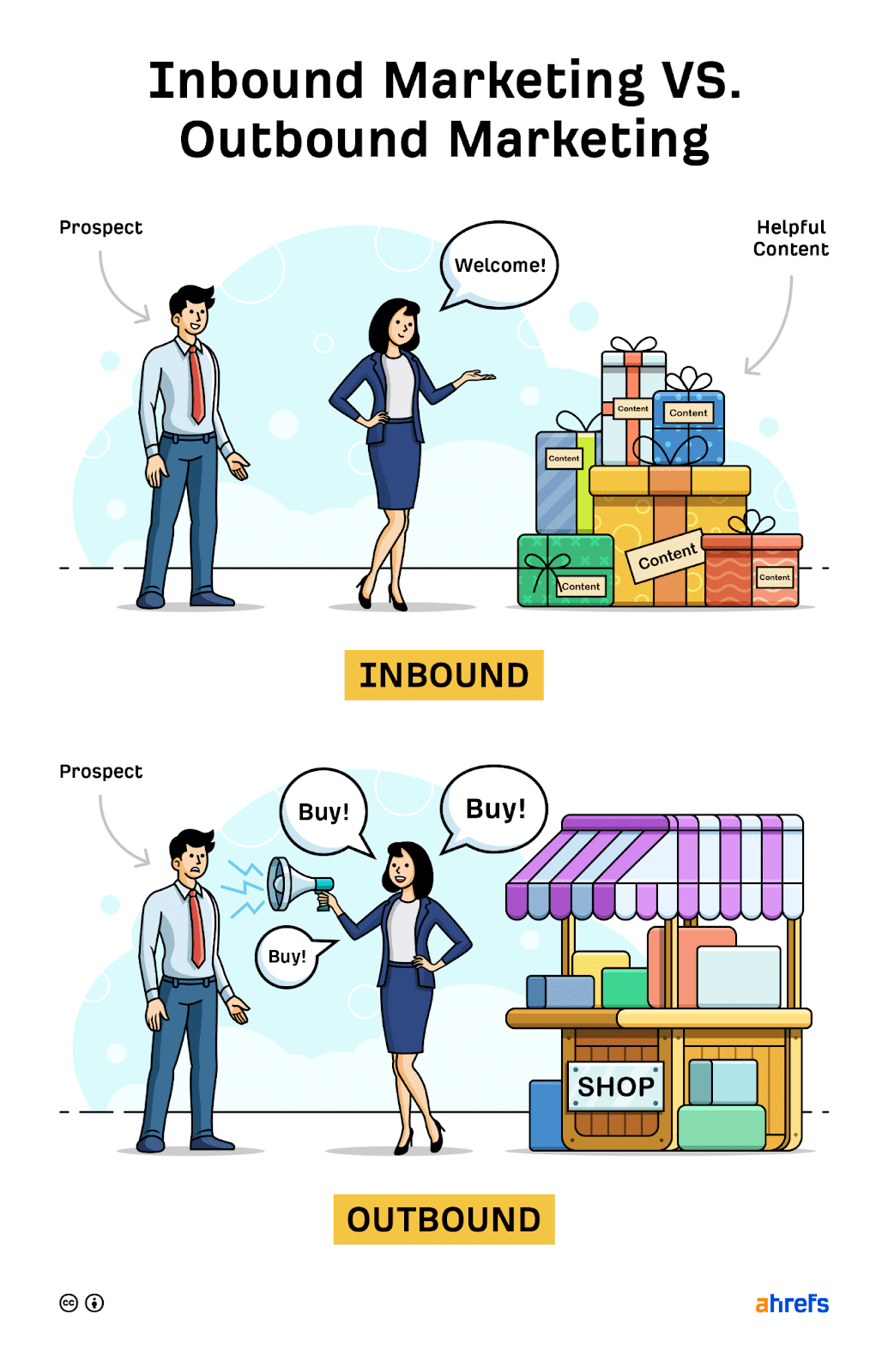
Example
Ahrefs’ free tools, such as the free backlink checker, are designed as a form of inbound marketing.

They pull customers from search engine result pages (SERPs) for queries like “backlink checker” or “analyze backlinks.” If the search demand is high, this type of free tool can bring a significant amount of organic traffic:
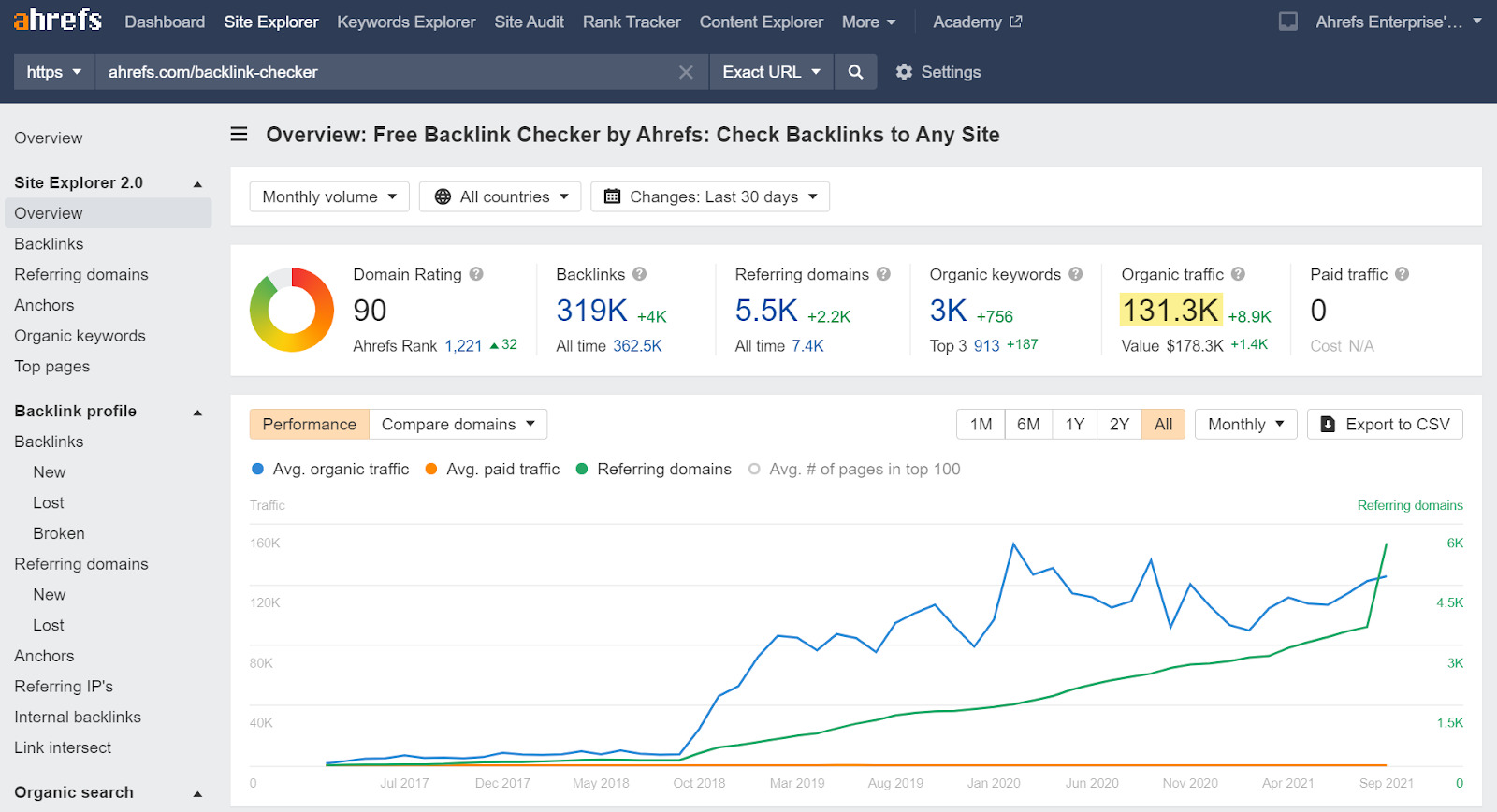
Outbound marketing is an “interruptive” form of marketing where a company pushes a message about a product out to a prospect through cold calls, cold emails, direct mail, most forms of advertising, etc.
Outbound marketing tries to raise awareness of a product or inspire actions (e.g., buying, subscribing, visiting a shop) among the target audience regardless of their interest.
Example
Places like Times Square in New York are examples of outbound marketing reaching its peak, both in terms of the space used to get the message across and the budget needed to broadcast it. Some of what you can see in the picture below is outbound marketing through billboards.

Content marketing is the process of creating and distributing content to attract and retain customers.
Content marketing is usually practiced as a form of inbound marketing, where the content offers a solution to a problem that a prospect is researching. Prospects discover promoted products by learning about their applications.
Content marketing is often used to generate leads, where the most premium content is gated behind a form requesting personal information like name, phone number, or email. Later on, that information is used for other marketing tactics (including outbound).
Example
Some popular types of content marketing are:
- Blog articles
- Videos and vlogs
- Podcasts
- Webinars
- Case studies
- eBooks
- White papers
Here’s an example of how some can be used in a coherent content marketing strategy:
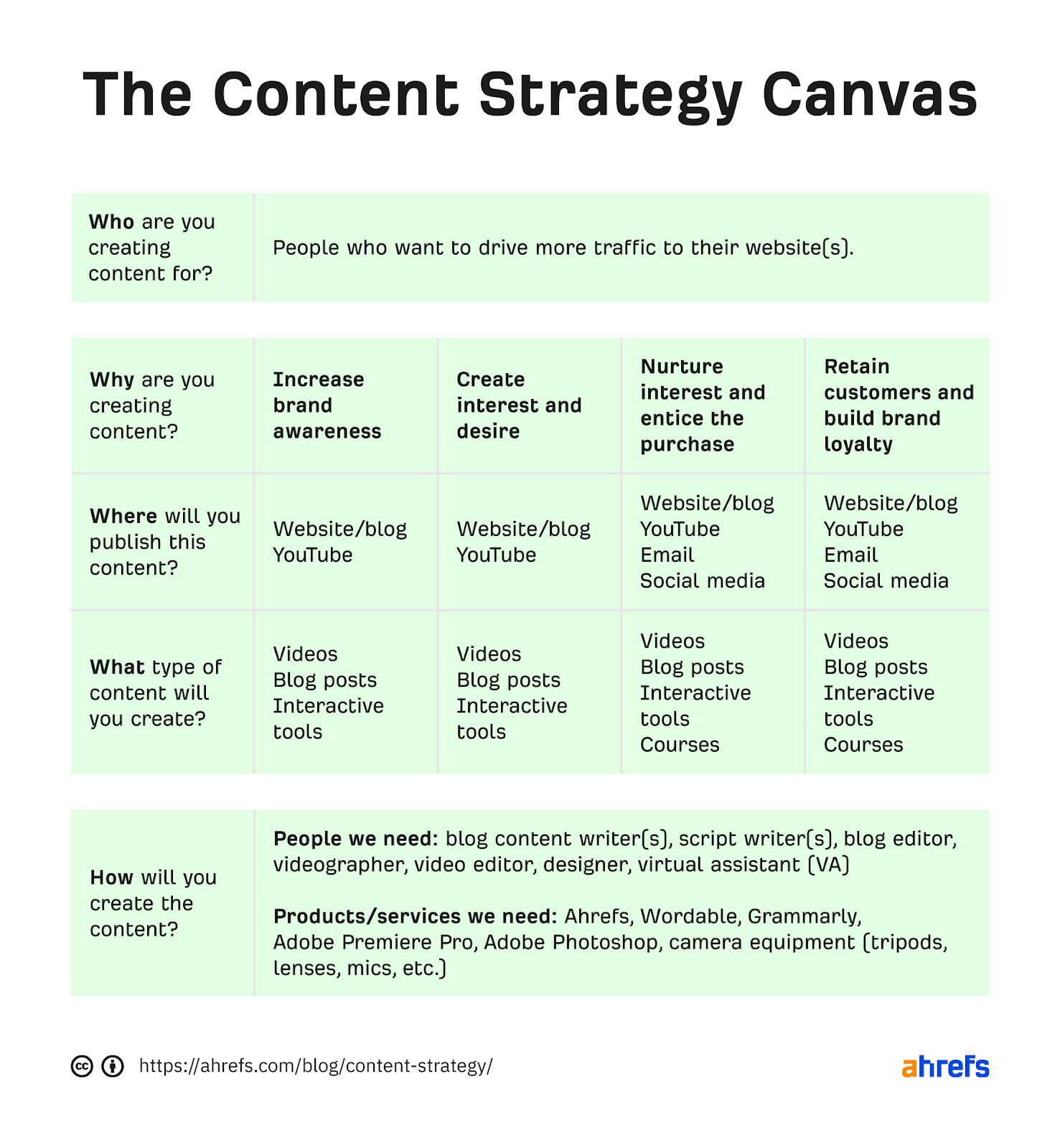
Search engine marketing is a term used to describe promotion messaging published through SERPs. SEM divides the messaging into two categories: paid results and organic results.
Organic results are pages that a search engine like Google finds, crawls, and indexes on its SERPs. The position on organic results can’t be bought, only influenced through content marketing and SEO.
Paid results are a form of pay-per-click advertising. Businesses pay search engine companies to take part in a bid competing for the best ad placement.
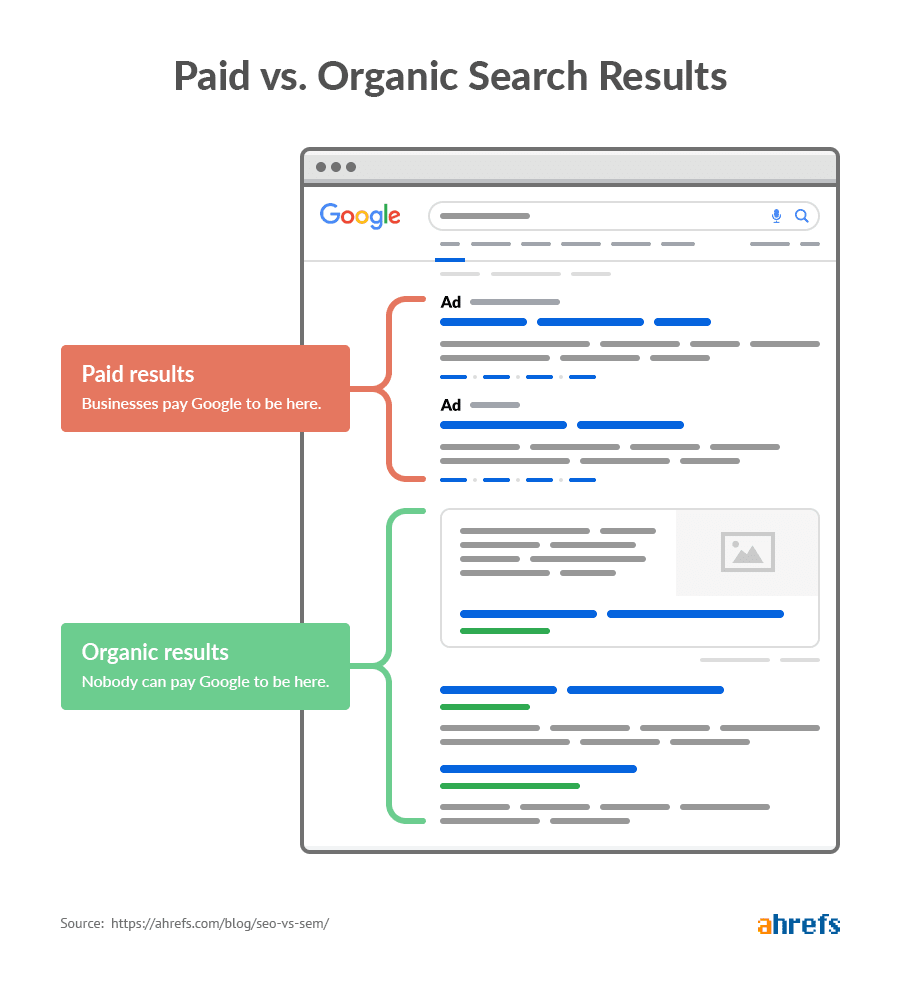
Example
Let’s say you want to rank on the first page of Google for the keyword “marketing automation” in the U.S. You have two options to do this: One is through paid results, and the other is through organic results.
A paid result will be one of these:
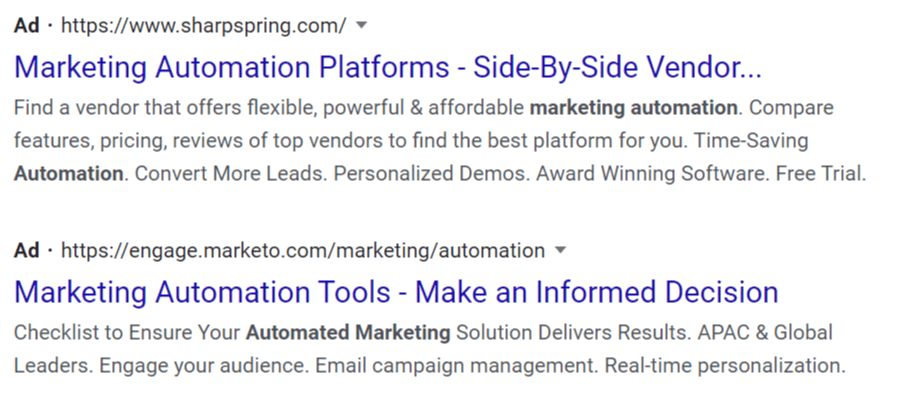
And an organic result will look something like these:
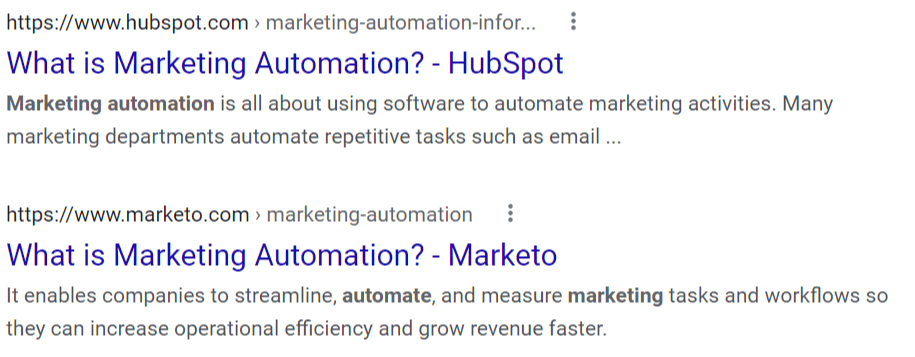
As you can see, they look similar (and fit what Google wants). The main difference is it will cost the advertiser around $50 per click to be included among the big players in the ad space.
To be included in the non-paid, organic space, the advertiser has to create relevant content that matches the search intent and build a lot of backlinks.
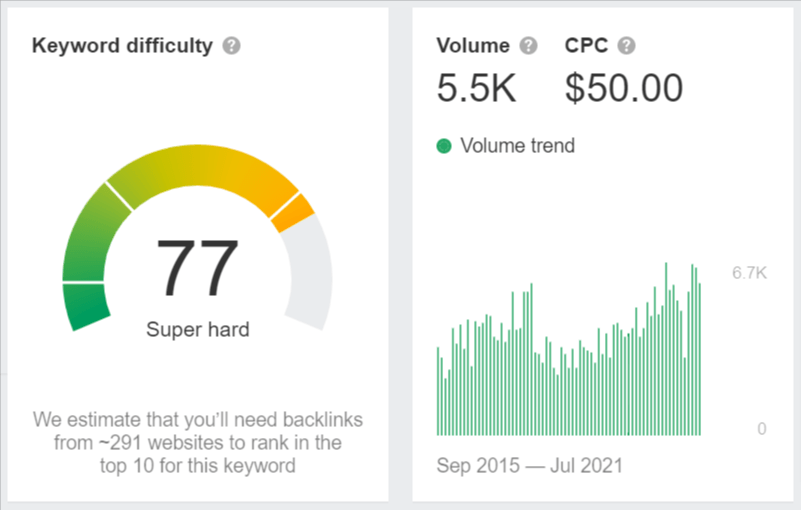
Growth marketing is the process of increasing a company’s revenue by applying an experiment-driven and integrated approach to all stages of attracting customers.
Growth marketing is another term that is often used in contrast to “traditional marketing.” This is because when growth marketing entered the stage in the early 2000s, it was quickly adopted by startups that needed a different approach that helped them:
A. Compete with established companies.
B. Get investors’ attention by proving scalable growth tactics.
The table below explains the differences between growth marketing, “traditional marketing,” and growth hacking.

Example
There are many amazing and inspirational modern growth stories: Slack, Spotify, Uber, and Square.
But I want to point you in the direction of Notion’s growth marketing strategy because it seems to get nearly every aspect of growth marketing right. Plus, it’s been analyzed dozens of times, so it makes a great example for entrepreneurs and marketers to learn from.
Notion’s success relies on many pillars: great product, huge and vocal community, and the “freemium” model.
It does growth marketing, but it’s not some black hat growth hacking. It’s growing fast, but its strategy is customer-centric, doesn’t compromise the brand, and aims for the long term.
Many also emphasize the role of user-generated templates in Notion’s success. The company encourages the creation and sharing of usable templates for various documents and operations.

Notion’s users create templates that attract, engage, and retain other users. Many of those new users will then create and share their own templates, continuing the cycle.
Here’s a graphic from Foundation that perfectly explains how this tactic touches the entire marketing funnel and forms a growth loop.
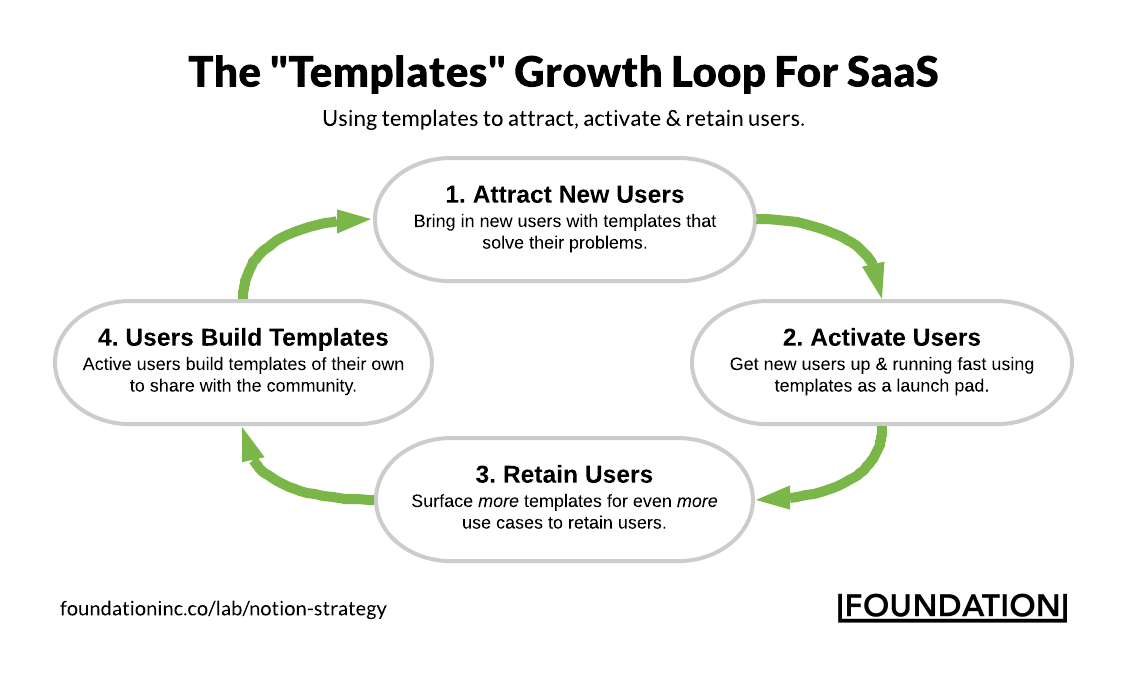
B2B marketing, or business-to-business marketing, refers to the marketing of products or services by businesses to other businesses.
This term is often used by marketers to name and differentiate types of marketing strategies and tactics that are especially effective in B2B relations (e.g., account-based marketing), as opposed to business-to-consumer (B2C) relations.
Example
Businesses like to advertise on LinkedIn. Reason: Its users go to the platform for work-related purposes. LinkedIn takes advantage of that (by design) and offers an assortment of advertising products.
By far, LinkedIn holds a third of all U.S. B2B digital display ad revenue. As you can see below, even giants like IBM use LinkedIn ads to attract customers.
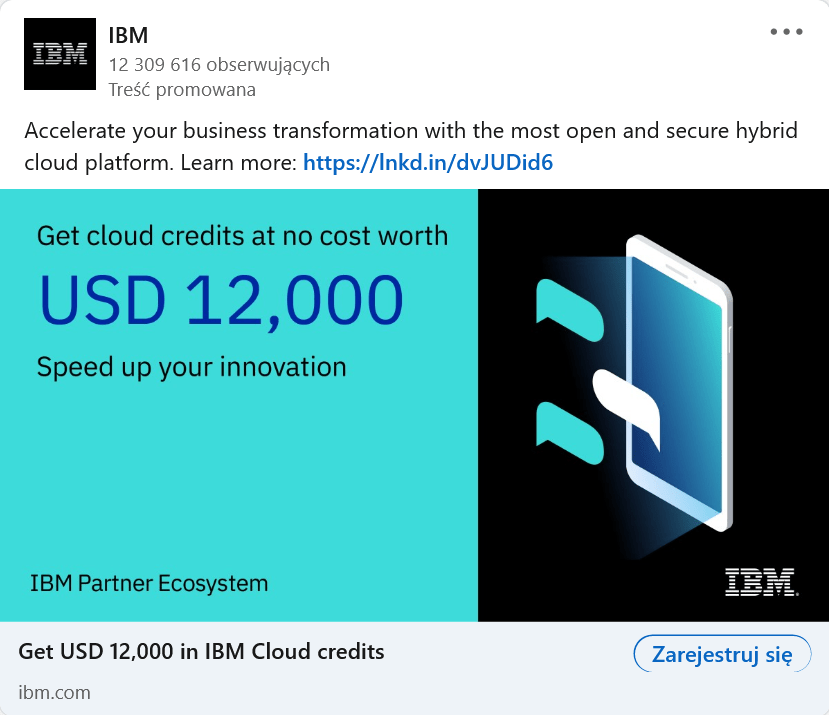
This B2B ad points to a lead-capturing form offering free credits in IBM Cloud’s service.
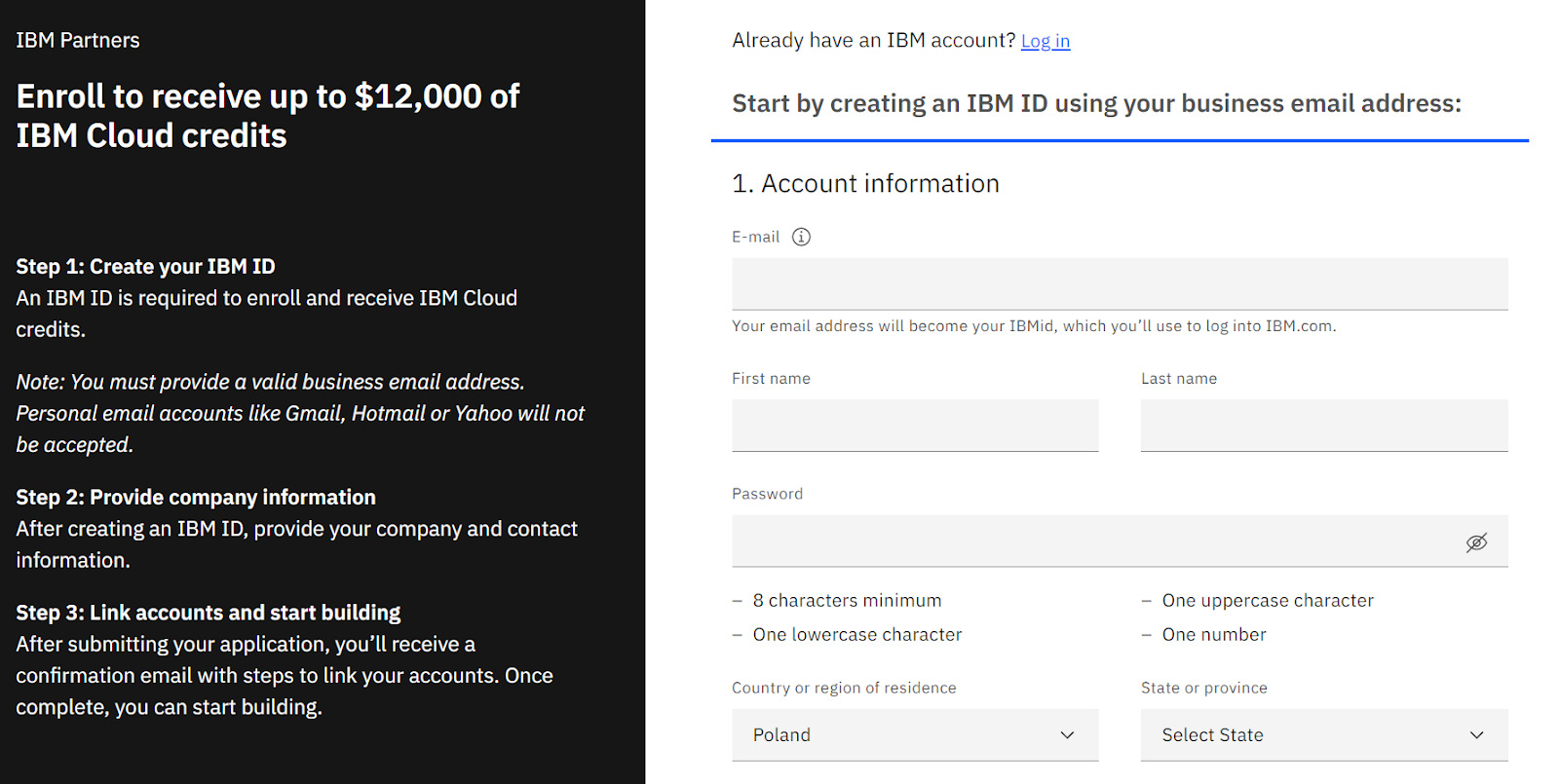
B2C marketing, or business-to-consumer marketing, refers to the marketing of products or services by businesses to consumers.
This term is often used by marketers to name and differentiate types of marketing strategies and tactics that are especially effective in B2C relations (e.g., influencer marketing), as opposed to B2B relations.
Example
B2C marketing is everywhere. I don’t even need to link to a study that will prove how much we are bombarded with ads. You just need to look around you.
All of the stuff that you own was bought because of B2C marketing. Meaning, either you saw some form of B2C promotion that convinced you to make a purchase or someone else did and told you how great that product was.
Let me start this auto-therapeutic exercise with myself.
One day, I was just minding my own business. Suddenly, I got an email from Vans saying that it had this huge sale of its outlet inventory. OK, Vans. I’ll click.
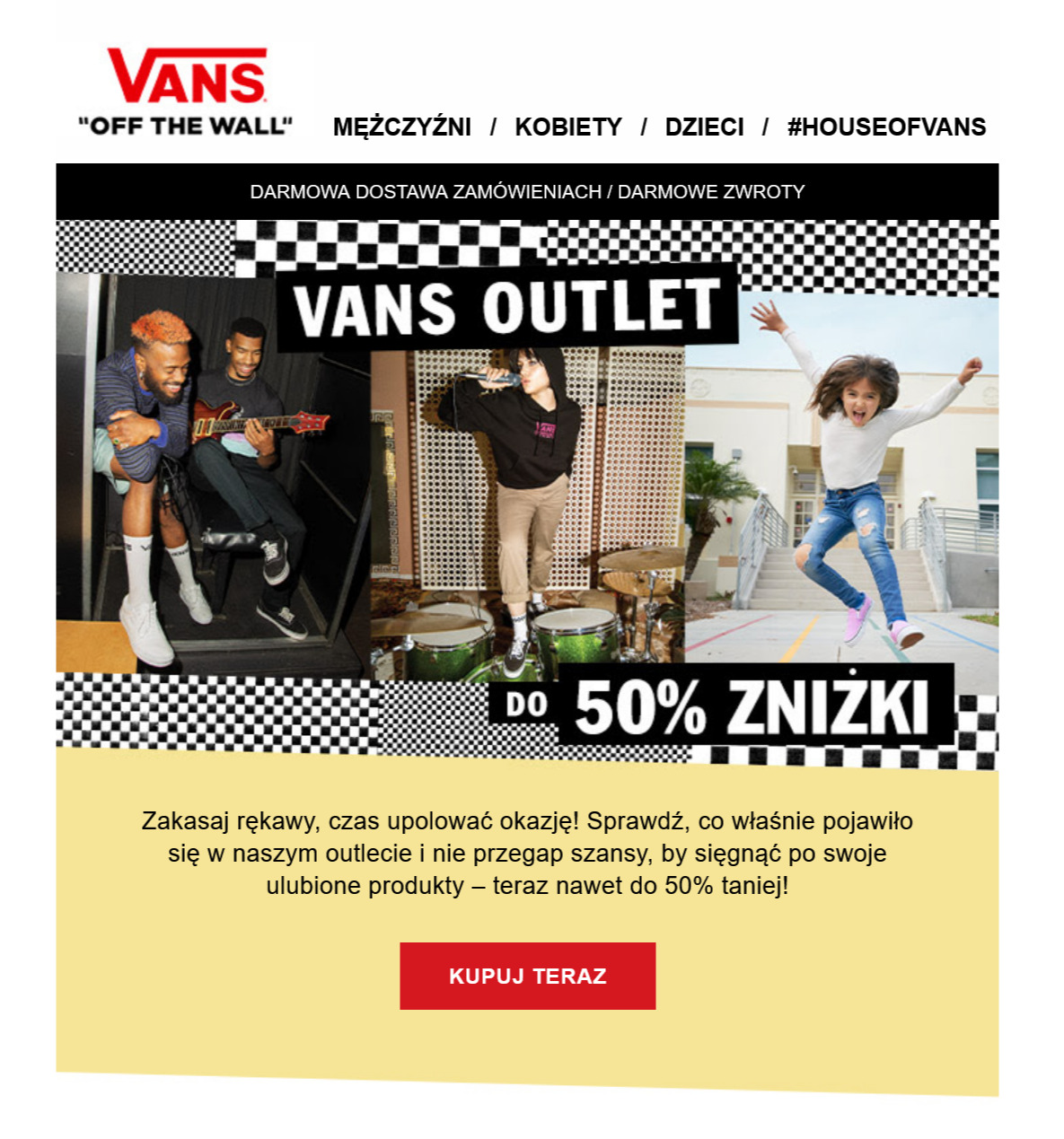
That email (it’s in Polish) led to this landing page, where I saw these shoes.
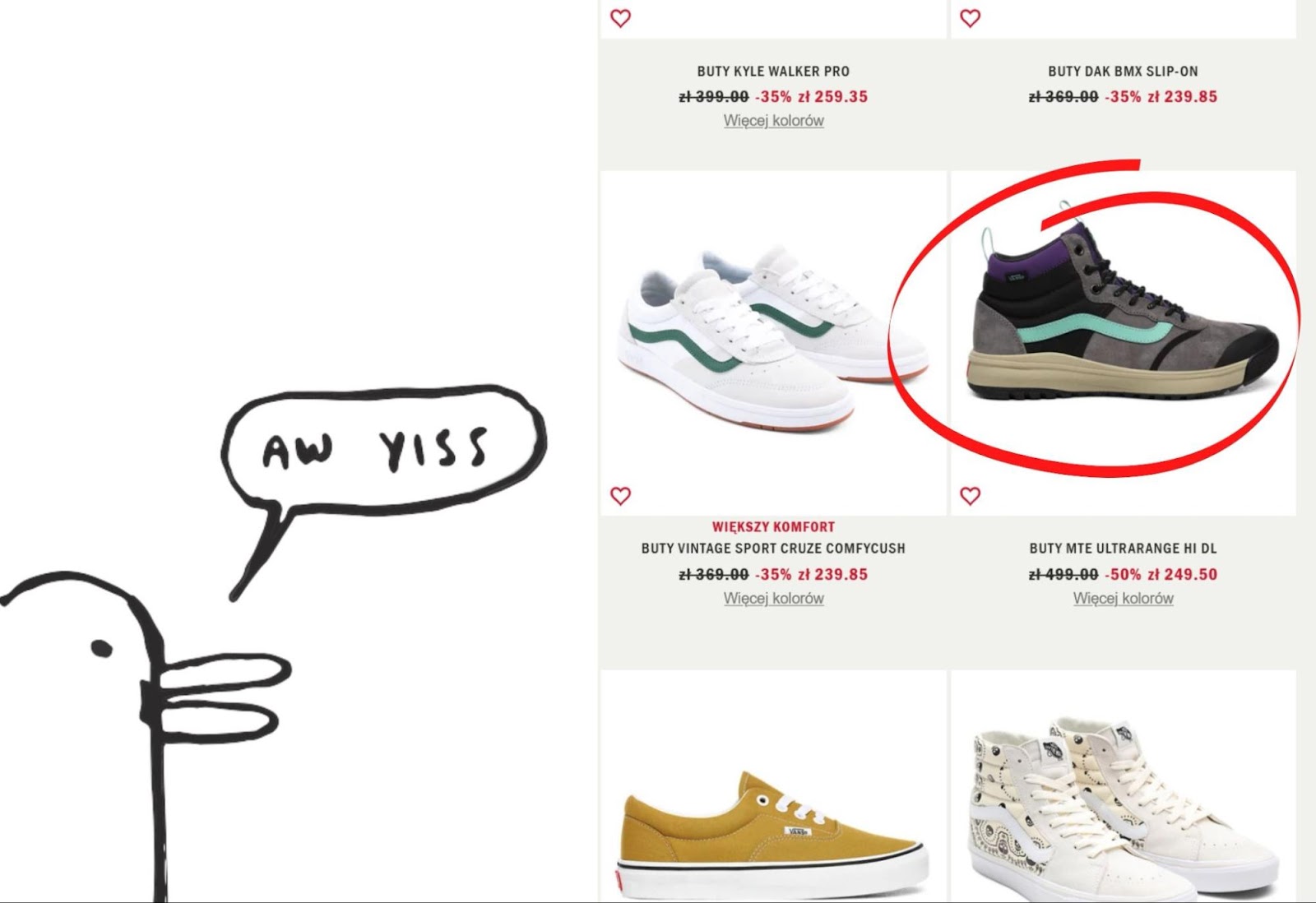
It was exactly what I needed this fall. So a few days later, the shoes materialized at my place.

And that’s the short story of how B2C marketing made me buy shoes in seconds. I didn’t even visit the store to try them on. I was doing something completely different and not even thinking about buying shoes.
But not every email can do that. You’re looking at the power of the brand—Vans being one of my favorites.
With emails like these and online shopping opportunities, a brand can capitalize on every other activity it has invested in, making me know, like, and trust it.
Affiliate marketing is a type of promotion where a company pays commission to an external website for traffic or sales generated by it.
You can spot affiliate links mostly on blogs. Those are the links that contain tracking parameters like “tag,” “hop,” or “customid.”

That means the owner of the website receives a commission every time someone clicks that link or buys something via that link. This way, the paying company rewards affiliates for influencing their bottom line.
Example
This cooking blog explains how it increased its food blog income by fivefold in three months, one of the tactics being affiliate marketing.
Someone bought mushroom capsules worth $3,240 on Amazon after clicking a link on the blog. Just like that, the owners got $145 that day, 24 hours after posting an article featuring those mushrooms capsules.

Everyone’s a winner in this story—the producer, the retailer, Amazon, that blog, and the person who bought those capsules (I presume).
There’s another form of affiliate marketing that is sometimes called partner marketing…
[ad_2]
